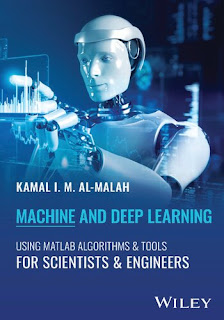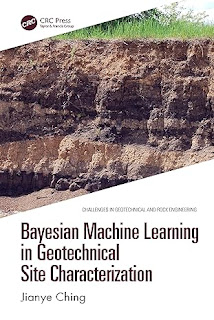Advanced Earthquake Analysis Using PLAXIS
[Language: English - Number of Lessons: 9 - Duration: 2 hours and 27 minutes - Size: 1.36 GB] ... Advanced Earthquake Analysis Using PLAXIS 3D is an earthquake analysis and design training course published by Udemy Online Academy. Advanced Earthquake Analysis Using PLAXIS 3D is an intensive course for civil and geotechnical engineers looking to enhance their skills in seismic analysis and design. This course focuses on the application of PLAXIS 3D software for modeling and analyzing the effects of earthquakes on soil-structure interactions. Students will gain an in-depth understanding of dynamic analysis methods, including time history analysis and response spectrum analysis, as well as principles of soil liquefaction and ground motion propagation.
The key points of this training course include understanding the principles of earthquake engineering, mastering PLAXIS 3D for dynamic analysis, modeling soil and structure interactions under seismic loading, implementing response spectrum and time history analysis, assessing soil liquefaction potential, motion propagation analysis. Land and use the results for optimization. The curriculum includes detailed instructions on setting up complex models that simulate real-world earthquake scenarios, evaluate the behavior of various structures under seismic loads, and interpret the results to inform engineering decisions. By the end of the course, individuals will be proficient in performing advanced earthquake analysis and ensuring that structures are designed to effectively withstand seismic events.
What you will learn in Advanced Earthquake Analysis Using PLAXIS 3D: Creating a 3D numerical model including pile, pile cap, bridge support and approach + Calibration of different earthquake time histories to determine the most suitable signal + Using the design time history in the created 3D model to determine the forces in the foundation piles at different time stages + Implementation of Python scripting to extract forces in piles through automation + and…
The key points of this training course include understanding the principles of earthquake engineering, mastering PLAXIS 3D for dynamic analysis, modeling soil and structure interactions under seismic loading, implementing response spectrum and time history analysis, assessing soil liquefaction potential, motion propagation analysis. Land and use the results for optimization. The curriculum includes detailed instructions on setting up complex models that simulate real-world earthquake scenarios, evaluate the behavior of various structures under seismic loads, and interpret the results to inform engineering decisions. By the end of the course, individuals will be proficient in performing advanced earthquake analysis and ensuring that structures are designed to effectively withstand seismic events.
What you will learn in Advanced Earthquake Analysis Using PLAXIS 3D: Creating a 3D numerical model including pile, pile cap, bridge support and approach + Calibration of different earthquake time histories to determine the most suitable signal + Using the design time history in the created 3D model to determine the forces in the foundation piles at different time stages + Implementation of Python scripting to extract forces in piles through automation + and…








